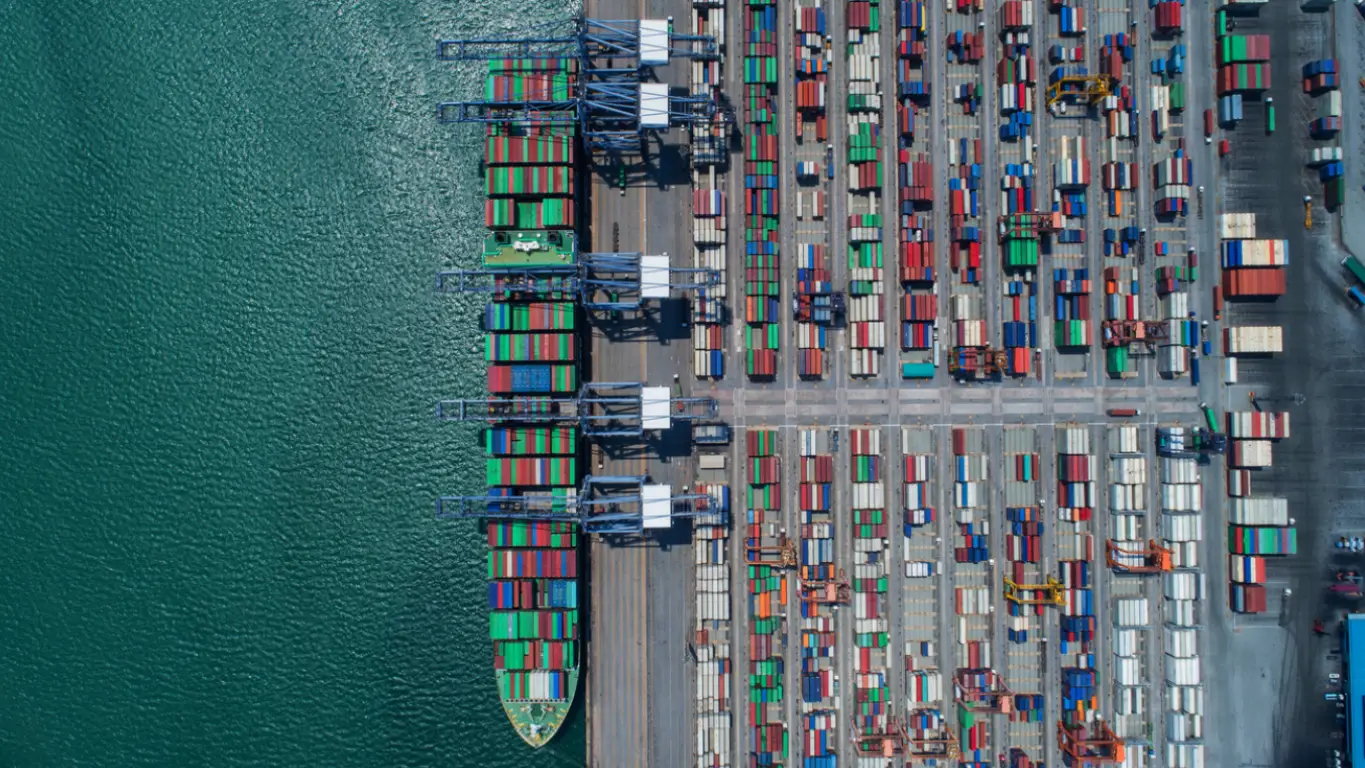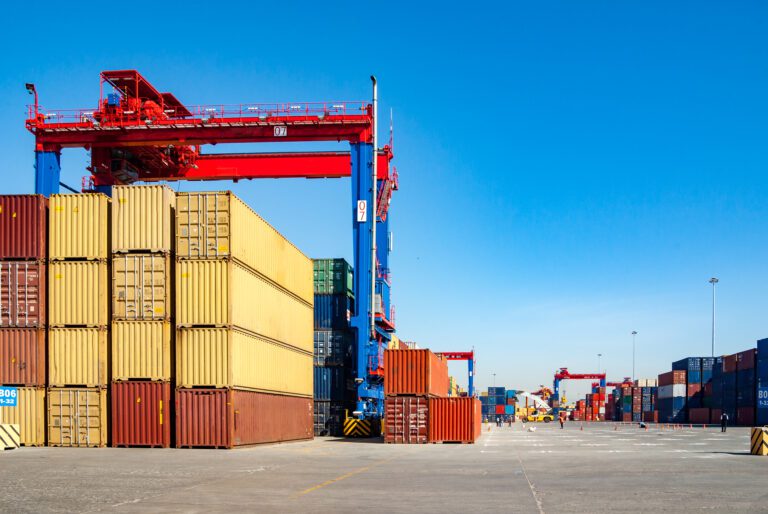
Key Takeaways
- Shipping disruptions are often caused by geopolitical conflict, port closures, pandemics, and natural disasters.
- Events like the Suez Canal blockage and global lockdowns reveal vulnerabilities in the global supply chain.
- Proactive strategies include diversifying suppliers, building inventory buffers, and using alternate routes.
- Mitigating geopolitical risks requires visibility, flexibility, and real-time data tools.
- Partnering with experienced logistics providers like Allison Shipping ensures responsive, expert support.
In a world where international volatility has become the norm, global trade is increasingly exposed to unexpected disruption. From armed conflicts and trade sanctions to pandemics and climate events, the forces outside your control can quickly derail even the most finely tuned logistics plans. For businesses reliant on international commerce, managing these shipping disruptions is critical to maintaining supply chain continuity and customer trust.
At Allison Shipping, we help clients navigate the unpredictable by designing flexible, resilient logistics strategies. In this article, we explore the causes and consequences of modern shipping disruptions—and how your business can mitigate risk in the face of growing geopolitical risks and supply chain shocks.
The Growing Threat of Global Disruption
The modern global supply chain is deeply interconnected. While this has enabled faster delivery times and cost savings, it has also introduced fragility. A problem in one region can ripple through supply chains worldwide, causing delays, inventory shortages, and revenue loss.
Sources of Disruption
Geopolitical Risks
Conflicts, sanctions, and diplomatic tensions can close trade lanes, restrict exports, or escalate freight costs. The war in Ukraine, for example, disrupted major rail and sea corridors between Europe and Asia. Similarly, U.S.-China tensions have led to increased inspections, restricted tech exports, and more cautious sourcing decisions.
Natural Disasters
Events like hurricanes, earthquakes, wildfires, and floods can damage infrastructure, shut down factories, or temporarily close ports. The 2011 Tōhoku earthquake and tsunami in Japan halted auto and electronics production globally due to its impact on key component suppliers.
Pandemics and Health Crises
COVID-19 exposed severe weaknesses in the global supply chain, from factory lockdowns and container shortages to reduced port staffing and shipping backlogs. These disruptions lasted months and forced businesses to reconsider just-in-time inventory models.
Port Closures and Blocked Routes
The 2021 Suez Canal blockage, caused by the grounding of the Ever Given container ship, delayed more than 400 vessels and disrupted roughly 12% of global trade. This single event had a domino effect on cargo flows and delivery schedules across multiple continents.
Cybersecurity Incidents
Logistics providers and port authorities have become targets of cyberattacks. A ransomware attack on Maersk in 2017 disrupted operations across 600 ports, proving that digital infrastructure is just as critical as physical routes.
The Ripple Effect on Global Shipping
When shipping disruptions occur, the consequences are felt across the supply chain. Common effects include:
- Delayed transit times and missed delivery deadlines
- Increased freight rates due to constrained capacity
- Stockouts and reduced inventory turnover
- Loss of customer confidence and revenue
- Higher insurance premiums and compliance costs
For companies that rely on single suppliers or centralized logistics hubs, these effects can be devastating. That’s why resilience—built through diversification, planning, and smart logistics partnerships—is now essential.
Practical Strategies to Mitigate Shipping Disruptions
1. Diversify Suppliers and Manufacturing Locations
Avoid dependency on a single source or region. Source from multiple suppliers across different countries to reduce exposure to localized geopolitical risks or natural disasters. Consider reshoring or nearshoring for critical components when possible.
2. Build Buffer Inventory and Safety Stock
Lean inventory models may maximize efficiency in stable times, but they leave little room for error during a crisis. Maintain buffer stock of high-demand or long-lead-time items, especially during high-risk seasons or political instability.
3. Use Alternative Shipping Routes
Evaluate and implement alternate shipping routes in case primary lanes are compromised. This includes combining ocean, air, and rail options to stay agile. For example, rail freight across Central Asia can serve as a backup when sea lanes are delayed.
4. Monitor Real-Time Logistics Data
Invest in visibility tools that provide real-time tracking and predictive analytics. Being able to monitor vessel locations, port congestion, and weather alerts allows you to take proactive measures before a disruption escalates.
5. Strengthen Communication Across Your Network
Transparent, timely communication with suppliers, logistics partners, and customers is key. Establish protocols for disruption response, keep stakeholders informed, and build trust through proactive updates.
6. Partner with Experienced Freight Forwarders
Working with a knowledgeable logistics partner like Allison Shipping gives you access to a wide network of carriers, backup suppliers, and route alternatives. Our experience navigating complex customs environments and crisis scenarios ensures your business stays on course—no matter what global event arises.
COVID-19’s Supply Chain Impact
The COVID-19 pandemic created a perfect storm of shipping disruptions. Lockdowns in China halted manufacturing, while surges in e-commerce overwhelmed North American ports. Container imbalances and port congestion in Los Angeles and Long Beach pushed transit times from 30 to over 100 days.
Companies that relied on a single sourcing country were left scrambling. But those that had diversified suppliers, regional warehouses, and flexible logistics partners were better positioned to weather the chaos.
The Importance of Flexibility and Preparedness
The future of the global supply chain will be shaped by unpredictability. Businesses that can adapt quickly, reroute cargo efficiently, and maintain supplier continuity will not only survive but thrive in this landscape.
Flexibility means designing your supply chain to shift modes, routes, or suppliers when needed.
Visibility means using technology to understand what’s happening across your supply chain in real time.
Preparedness means scenario planning, risk assessments, and responsive logistics partnerships.
At Allison Shipping, we specialize in building these capabilities into every client’s shipping strategy.
Positioning Your Business for Resilience
Disruptions are no longer an exception—they’re a reality of global trade. From geopolitical risks to climate events and cybersecurity threats, today’s supply chains face more complexity than ever before. The key to long-term success lies in proactive planning, intelligent logistics design, and choosing the right partners to help you adapt under pressure.
Whether you’re navigating uncertain trade conditions, exploring new markets, or recovering from a recent supply chain shock, Allison Shipping is here to help. With global experience, real-time insights, and personalized support, we make your logistics stronger, smarter, and more resilient.
Contact us today to learn how Allison Shipping can help you navigate the next disruption—before it happens.


